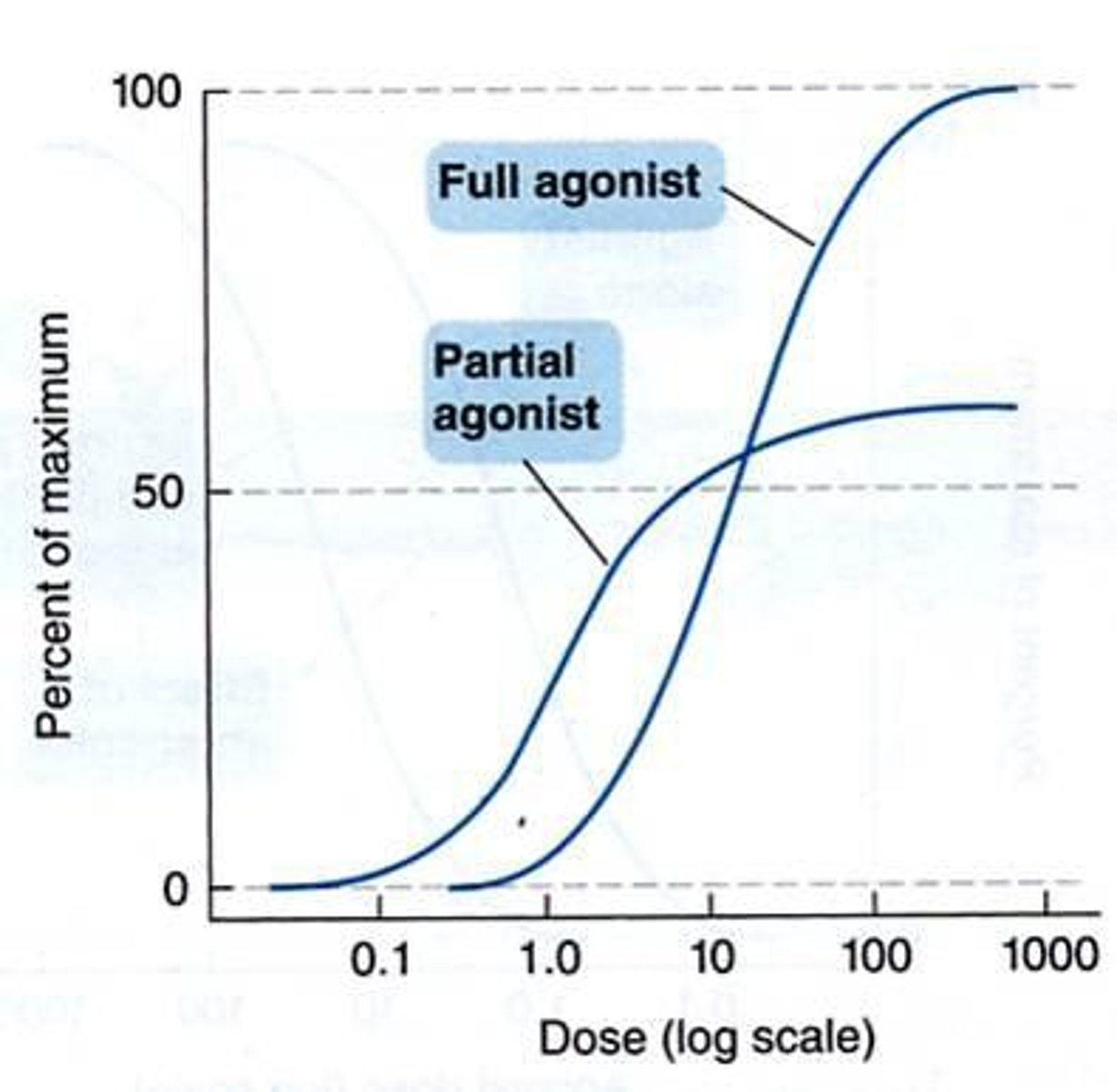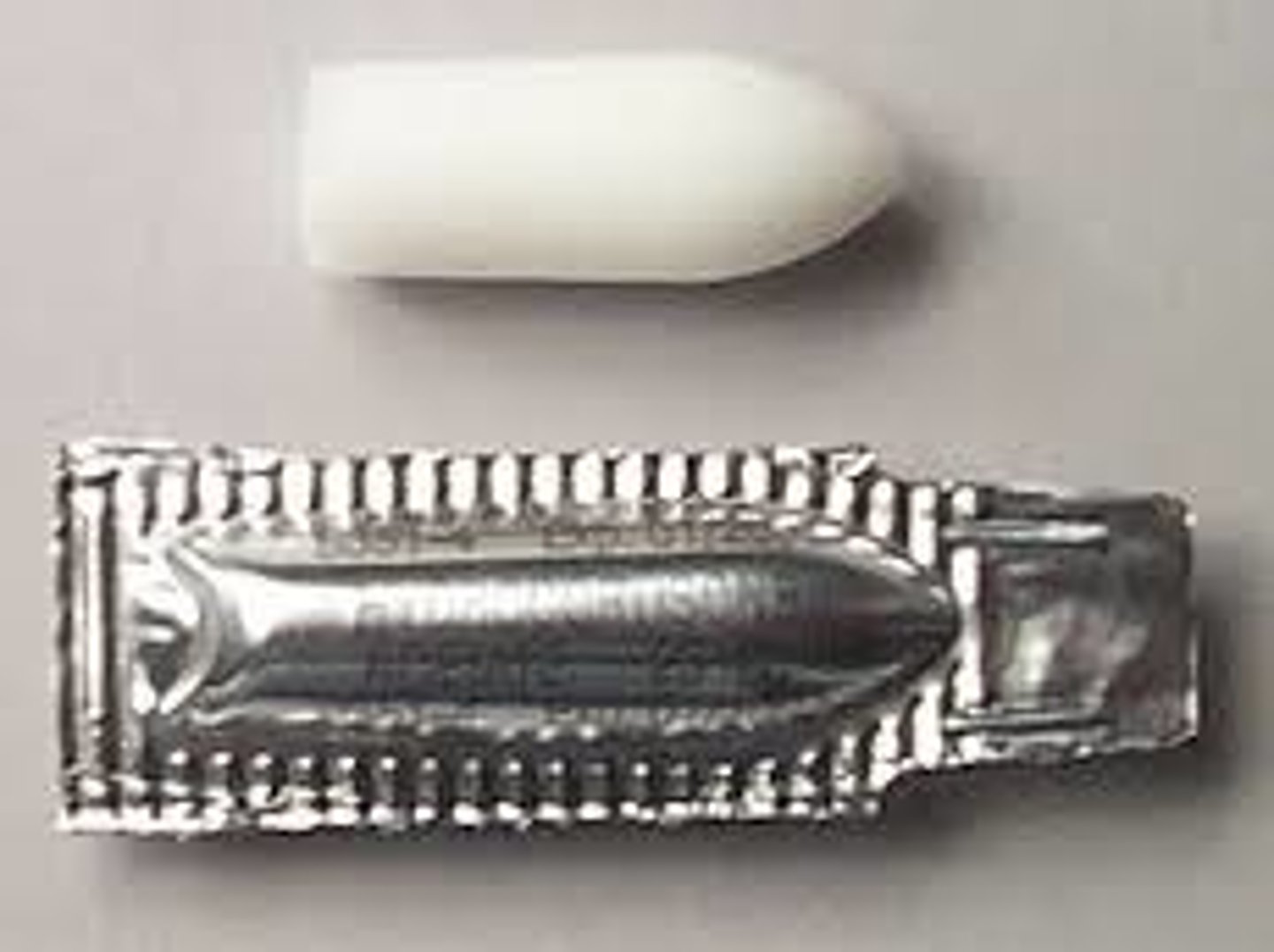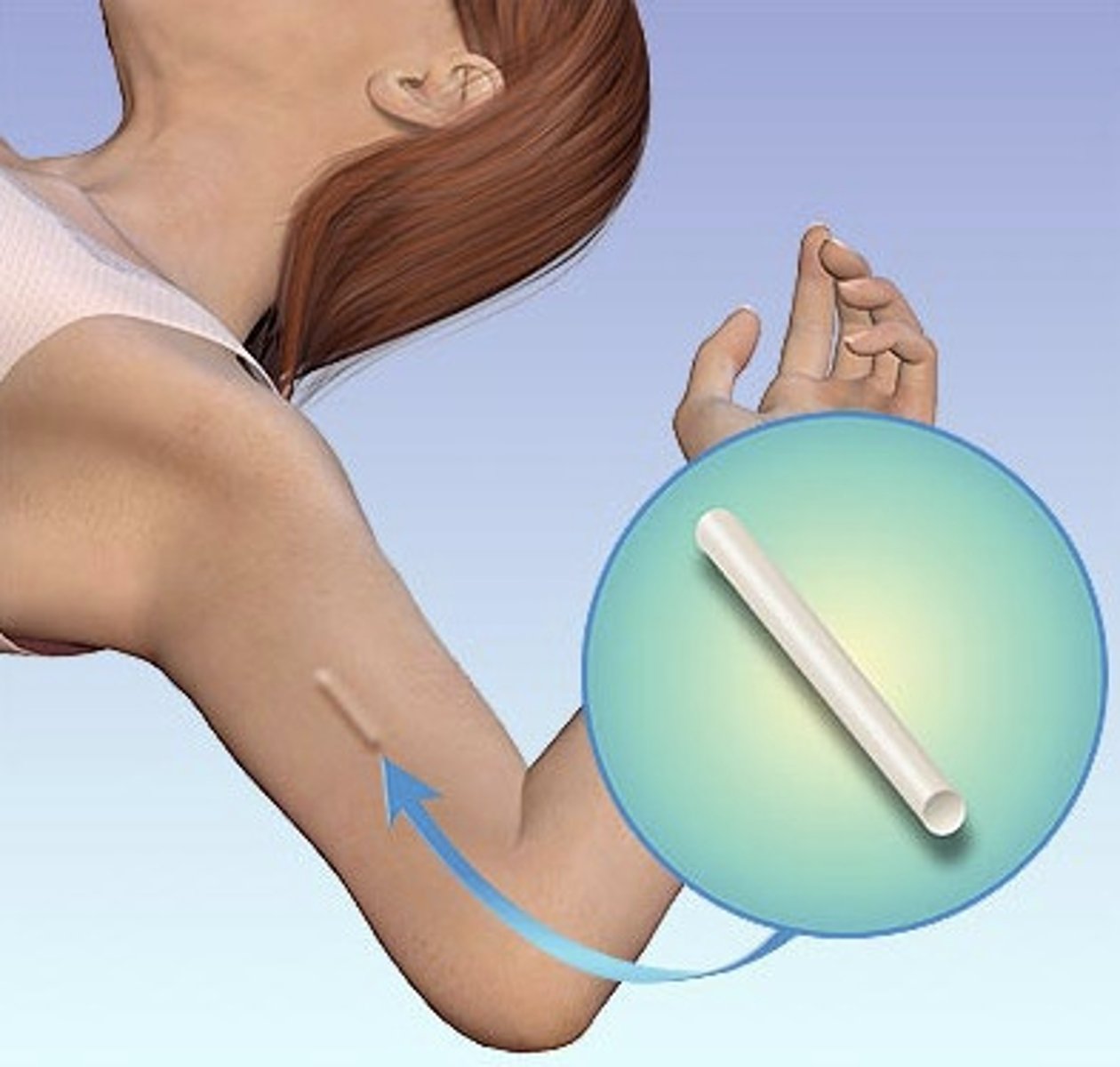(den 1140) pharmacology: week 3 (chapter 2)
1/88
There's no tags or description
Looks like no tags are added yet.
Name | Mastery | Learn | Test | Matching | Spaced |
|---|
No study sessions yet.
89 Terms
Potency
function of the amount of drug required to produce an effect
Efficacy
-Maximum intensity of effect or response that a drug can produce
-Administering more drug will not increase the efficacy of the drug
Therapeutic index
used to compare safety of a drug
Pharmacokinetics
study of how a drug enters the body, circulates within the body,is changed by the body, and leaves the body
Disruption can happen with a tablet’s….
outer coating
disintegration
contents break apart
disperson
spreading through stomach
dissolution
dissolved in solution
Bound drugs are
pharmacologically inactive
free drug
not bound to protein, active and can cause a pharmacologic response
blood brain barrier
preventative
half life of a drug
Time it takes for a drug to decrease in amount by half
understanding half life helps determine
the frequency that a drug needs to be taken
Onset
the time it takes for the drug to elicit a therapeutic response
duration
the length of time of a drug's effect
loading dose
initial dose has a higher amount
maintenance dose
amount of drug given at set intervals
Drug absorption depends on variables that influence drug movement into the circulation. These variables include
dosage form, site and route of administration and such physiochemical factors as passive diffusion, active transport and the process by which cells absorb the drug (pinocytosis)
A term used to quantify the extent of drug absorption is
bioavailability
distribution
transport of a drug in the body by the bloodstream to the site of action
A drug can only be freely distributed to extravascular tissue only if it is
not bound to protein
- If a drug is bound to protein it is generally too large to pass into tissues
The volume of distribution refers to
the size of a compartment that would be filled with a drug in the same concentration as that found in the body's plasma or blood.
The areas where the drug is distributed first are those that are
most extensively supplied with blood
- heart, liver, kidneys and brain
Areas of slow distribution are
muscle, skin and fat
The organ most responsible for the biotransformation of drugs is the
liver
Excretion of metabolized drugs typically occurs via the
kidney
biliary excretion
excretion of drugs by the intestines; drugs eliminated by this route are taken up the liver. released into the bile, and elimanted in the feces.
enterohepatic circulation
drugs in bile may be resorbed into the bloodstream, returned to the liver and again secreted in the bile
- last around longer in the body
Pharmacodynamics
The study of what the drug does to the body
therapeutic effect of a drug
a positive change in a faulty physiologic system
The effects that a particular drug has depends on the
cells or tissues targeted by the drug
There are three basic ways by which drugs can exert their mechanism of action:
receptor, enzyme, and non-specific interactions.
drug-receptor interaction
- drug binds to a receptor site
- pharmacologic response is produced
The degree to which a drug attaches and binds with a receptor is called its
affinity
Types of drug-receptor interactions
agonist, partial agonist, antagonist, competitive antagonist and non-competitive antagonist
agonist
a molecule that, by binding to a receptor site, stimulates a response

antagonist
counteracts the action of the agonist can be 1, competitive antagonist 2, non- competitive antagonist and 3 physiological antagonist
partial agonist
Medication that produces a weaker, or less efficacious, response than an agonist.

competitive antagonist
Drug competes with the agonist for binding to the receptor. If it binds, there is no response.
non-competitive antagonist
Binds to a site different from the agonist changing the receptor site; not allowing the agonist to bind
Enzymes
substances that catalyze nearly every biological chemical reaction in a cell
For a drug to alter a physiological effect it must inhibit the action of a specific enzyme. To do this the drug....
"fools" the enzyme into binding to it instead of its normal target cell. This protects these target cells from the actions of the enzymes.
Nonspecific interactions
- do not involve a receptor or an enzyme
- affect cell membranes and various cellular activities, like metabolism, without directly interacting with a particular molecule.
Tablet
Molded or compressed medicinal substance with inert binder included to make a hard mass (Acetaminophen tablet)
Capsule
Gelatin shell that disintegrates in water to administer solids or liquids (Tetracycline capsule)
Pill
Globular or ovoid dose form made by incorporating medicinal agents with other binders to make a plastic mass; obsolete
Lozenge, troche
Flavored dose form designed to be held in the mouth to dissolve or disintegrate slowly (Cough drop)
Suppository
Single dose medication in waxy or fatty conical or ovoid shape that liberates active ingredient after insertion into the rectum or vagina for local or systemic effects (Glycerin suppository)

Solution
One phase system of two or more chemical components (Saline water)
Elixir
Sweetened hydroalcoholic solution containing flavoring materials
Syrup
Nearly saturated aqueous solution of sugar (Dextromethorphan syrup)
Tincture
Alcoholic or hydroalcoholic solution of drugs (Iodine tincture)
Spirit
Solution of volatile substance in alcohol (Aromatic ammonia spirit)
Lotion
Liquid suspension that can be protective
Emulsion
Preparation of two immiscible liquids, usually water and oil, one dispersed as small globules in the other
Suspension
Dispersion containing finely divided insoluble material suspended in a liquid medium
Cream
Emulsions that contain an oily and aqueous phase; external phase aqueous
Ointment
Semisolid preparation for external use that is a consistency that can be applied by rubbing; external phase oily
Transdermal patch
A permeable polymer membrane backed with a drug reservoir designed to provide controlled release of medication over a given period after application to intact skin (Nitroglycerin, scopolamine, fentanyl, nicotine)
Aerosol spray
Solution of volatile liquids with a propellant that delivers drugs to area (Albuterol inhaler, foot spray)
Intradermal implant
Small pellets implanted under the skin that allows drugs to be released slowly

Micropump
An implanted pump that delivers drug via a needle (Insulin pump)

Oral route
most common and simplest, produces slower onset of action
Rectal route
used if a client is vomiting or unconscious, poorly and irregularly absorbed
Intravenous route
produces the most rapid drug response, absorption phase is bypassed
Intramuscular route
drug injected into the deltoid region or gluteal mass, high blood flow through skeletal muscles
Subcutaneous route
injection of solutions or suspensions into the subcutaneous areolar tissue
Intradermal route
injection of small amounts of drugs into the epidermis of the skin
Intrathecal route
injection of solutions into the spinal subarachnoid space
Intraperitoneal route
placing fluid into the peritoneal cavity where exchange of substances can occur
Inhalation route
used for either local or systemic effects, drug is deposited on the bronchiolar endothelium
Topical route
application of drugs to body surfaces such as skin, oral mucosa, and sublingually
Factors Affecting Drug Response: Patient compliance
- lack of understanding or lack of motivation, patients often take medication incorrectly or not at all.
-may result from faulty communication, inadequate patient education, or the patient's health belief system.
Factors Affecting Drug Response: Psychologic factors
- attitude of the prescriber
- placebo
- maximize the drug's effect by talking it up
Tolerance
Drug tolerance is defined as the need for an increasingly larger dose of the drug to obtain the same effects as the original dose or the decreased effect produced after repeated administration of a given dose of the drug.
When a patient becomes tolerant to one drug, tolerance to other drugs with similar pharmacologic actions occurs. This is termed cross-tolerance.
If tolerance develops, a normal sensitivity to the drug's effect may be restored by ceasing administration of the drug.
Tachyphylaxis is the very rapid development of tolerance, often within hours.
Pathologic state
Diseased patients may respond to the administration of medication differently than other patients
Time of administration
The time a drug is administered, especially in relation to meals, alters the response to that drug.
Sex
The sex of the patient can alter a drug's effect. Women may be more sensitive than men to certain drugs, perhaps because of their smaller size or their hormones. Pregnancy alters the effect of certain drugs. Women of child-bearing age should avoid teratogenic drugs, and the oral health care provider should determine whether the patient is pregnant before administering any agent.
Genetic variation
Many differences in patient response to drugs have been associated with variations in ability to metabolize certain drugs. This difference may account for the fact that certain populations have a higher incidence of adverse effects to some drugs—a genetic predisposition.
Drug interactions
A drug's effect may be modified by previous or concomitant administration of another drug. There are many mechanisms by which drug interactions may modify a patient's treatment.
Environment
The environment contains many substances that may affect the action of drugs. Smoking induces enzymes, so higher doses of benzodiazepines are needed to produce the same effect as compared to nonsmokers. Some chemical contaminants, such as pesticides or solvents, can have an effect on a drug's action.
Side effect
predictable, dose related, and acts on nontarget organs
Toxic reaction
predictable, dose related, acts on target organs, extension of the drug's pharmacologic effects
Allergic reaction
not predictable, not dose related
Idiosyncratic reaction
genetically related abnormal drug response.
Clark's Rule
(weight in lbs/150) x adult dose
Fried's Rule
(age in months/150) x adult dose
Acids and Bases
weak acids are better absorbed when the pH is less than the pKa,
weak bases are better absorbed when the pH is greater than the pKa.
unionized vs ionized
The uncharged part behaves like a smooth traveler, easily crossing through body membranes.
On the other hand, the charged part struggles a bit, finding it harder to pass through these membranes.